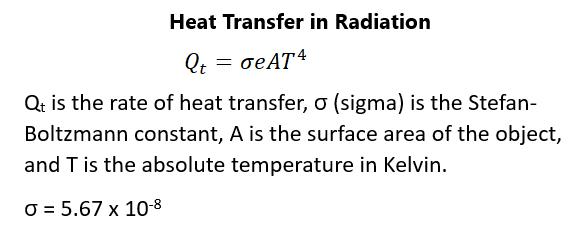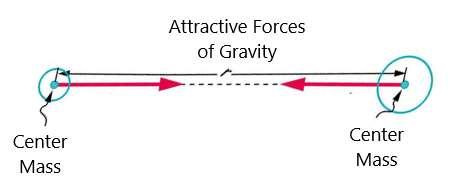AudioLearn's college-level courses present Physics.
Developed by experienced professors and professionally narrated for easy listening, this course is a great way to explore the subject of college-level physics. The audio is focused and high-yield, covering the most important topics you might expect to learn in a typical undergraduate physics course. The material is accurate, up-to-date, and broken down into bite-size sections. There are quizzes and key takeaways following each section to review questions commonly tested and drive home key points.




































































